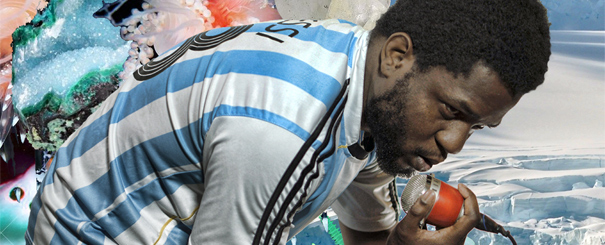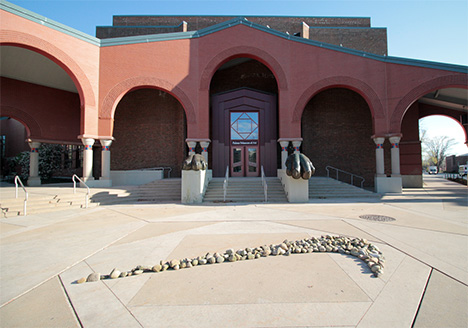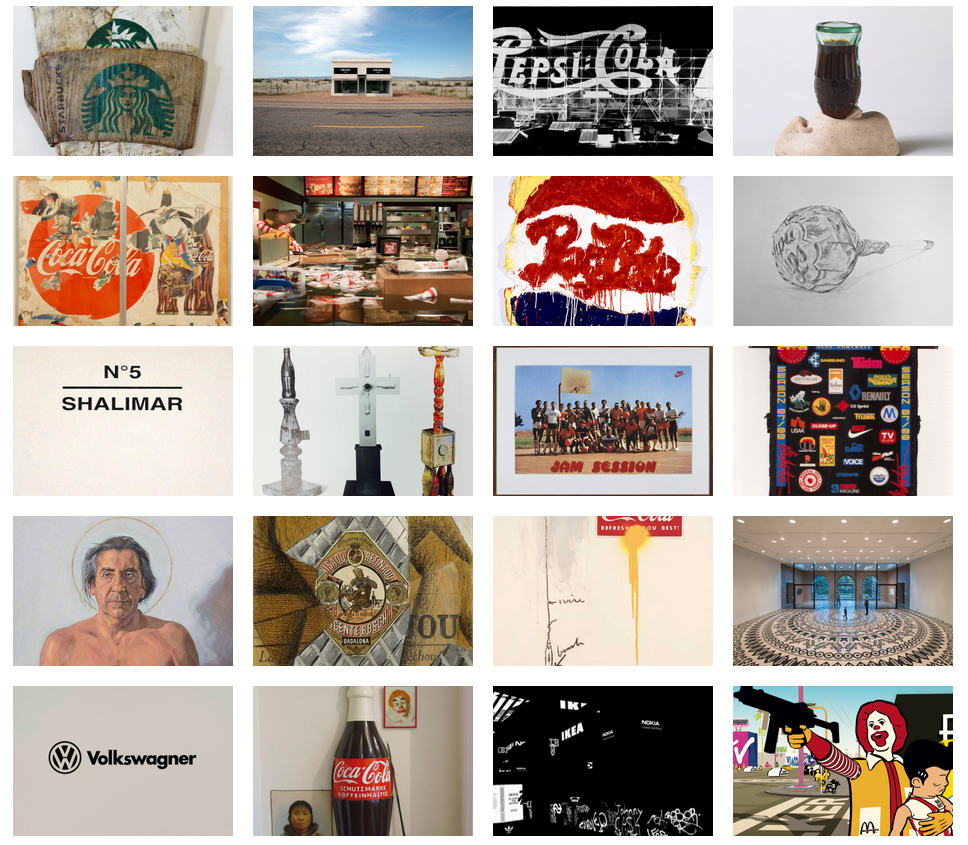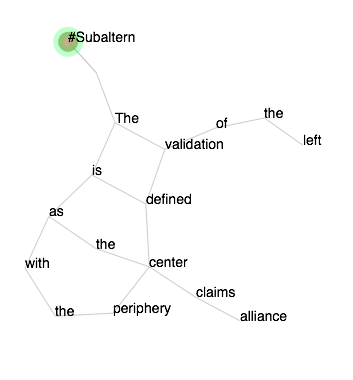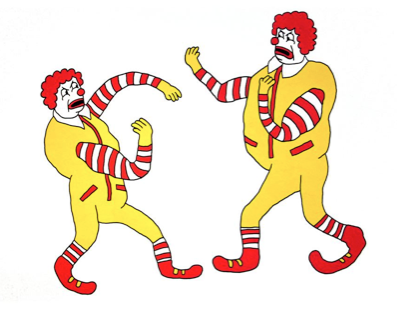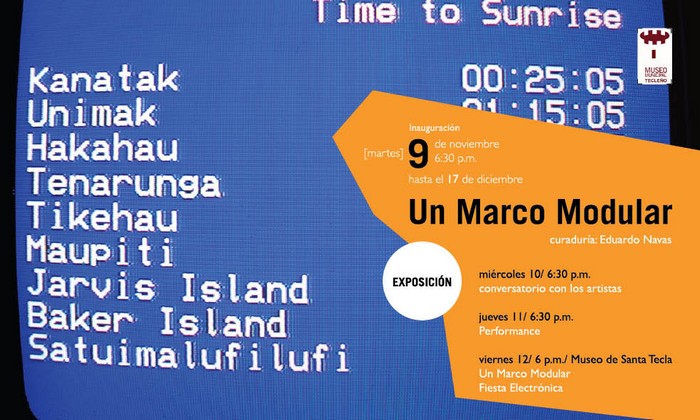Final Media Projects for Art 316 and 415, Fall 2015, SoVA @ Penn State
During Fall of 2015, I taught two classes in The School of Visual Arts at Penn State, in which students explored creative practice in time based media. Art 316 focused on video art, and Art 415 focused on integrating media to develop experimental works that explored principles of remix, beginning with sound, moving on to the time-based media. The final project for both classes was to evaluate and re-edit selected work produced throughout the term, and organize it into a cohesive body of work. This means that the projects did not need to be organized chronologically.
I share compilations by some of my students below. First are selections from Art 316 followed by selections from Art 415. I believe all of the students in class grew quite a bit in the process of exploring the aesthetics of contemporary time-based media in image, sound, and text.
Art 316:
Video Project Reel 2015 from Dolan Kutzman on Vimeo.
Art 316 assignments begin with stop motion with no sound. The reason for this is so that students can focus on the image editing process. Eventually, students move on to explore video and sound in relation to text. Some students used music which they composed themselves, others chose pre-existing tracks. What was crucial when using pre-existing sound was that it did not overpower the video footage, but that it developed a balance that allowed for autonomy of the videos as works of their own.
John Guilyard, Video Project, Fall 2015
In Art 316 students explored concepts of sequential media, meaning the concept of movement with different forms of digital visual presentation, such as still graphics, animation, typography and video. The influence of film language across various media disciplines was discussed at length and explored with a hands-on-approach to produce video projects.
Eden Yung, Video Projects, Fall 2015
Students explored concepts of motion in art, film and video. Issues of design practice in time based media in general were covered. Students gained a theoretical and practical understanding of sequential movement.
Brendan Rogers, Video Projects, Fall 2015
Art 415 consisted of an interdisciplinary approach to the production of art and media design. Its conceptual platform is the act of remixing as initially understood in music, which is increasingly influential across media in terms of remix culture. Students were introduced to the basic principles of remix with a hands-on approach in order to develop independently driven projects.
Mike O’Halloran ART 415 Reel from Mike O’H on Vimeo.
The starting point of class, in terms of hands-on production, consisted of mixing and remixing music with different software. Students then applied their initial knowledge and methodology to image/time-based media and text.
Art 415 Final Project from Kelsie Netzer on Vimeo.
The class consisted of three major projects, each building on the skills, history and theory students learned throughout the term. The class was designed to enable students to acquire a methodology that will eventually help them develop an ambitious vision of their own practice, and complement the eventual production of a thesis and/or portfolio in their respective discipline.
Transmedia Project: Revised from Christine D’Emidio on Vimeo.
Julianne Weinman, Video Projects, Fall 2015

